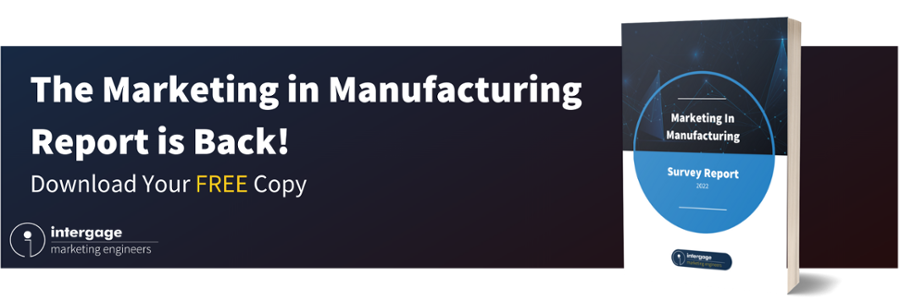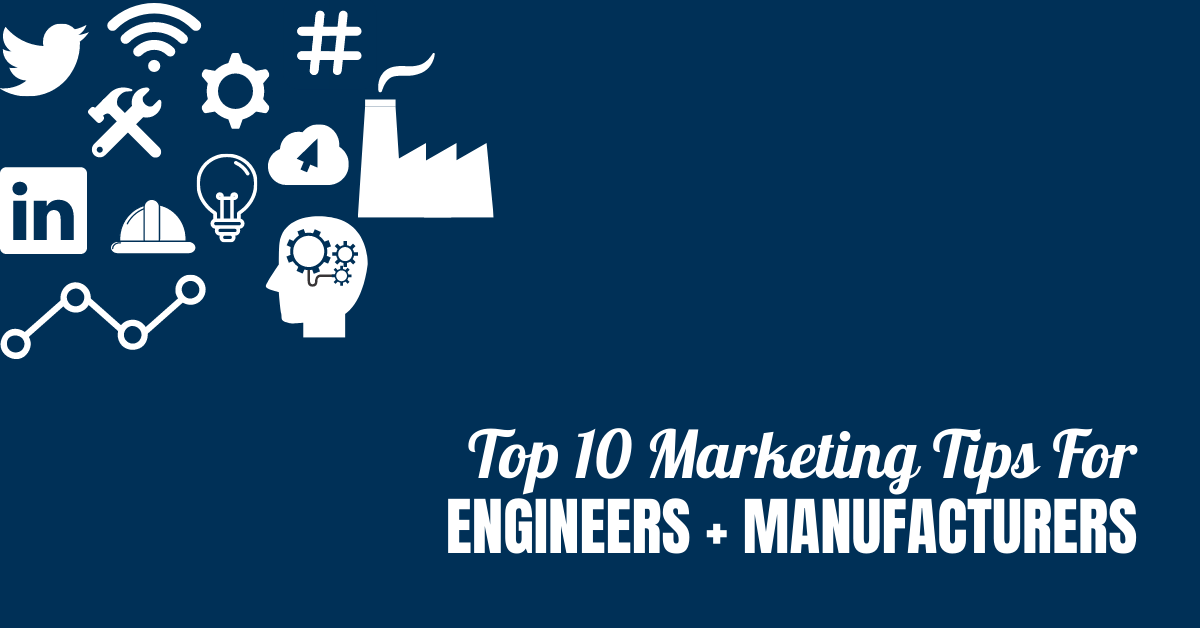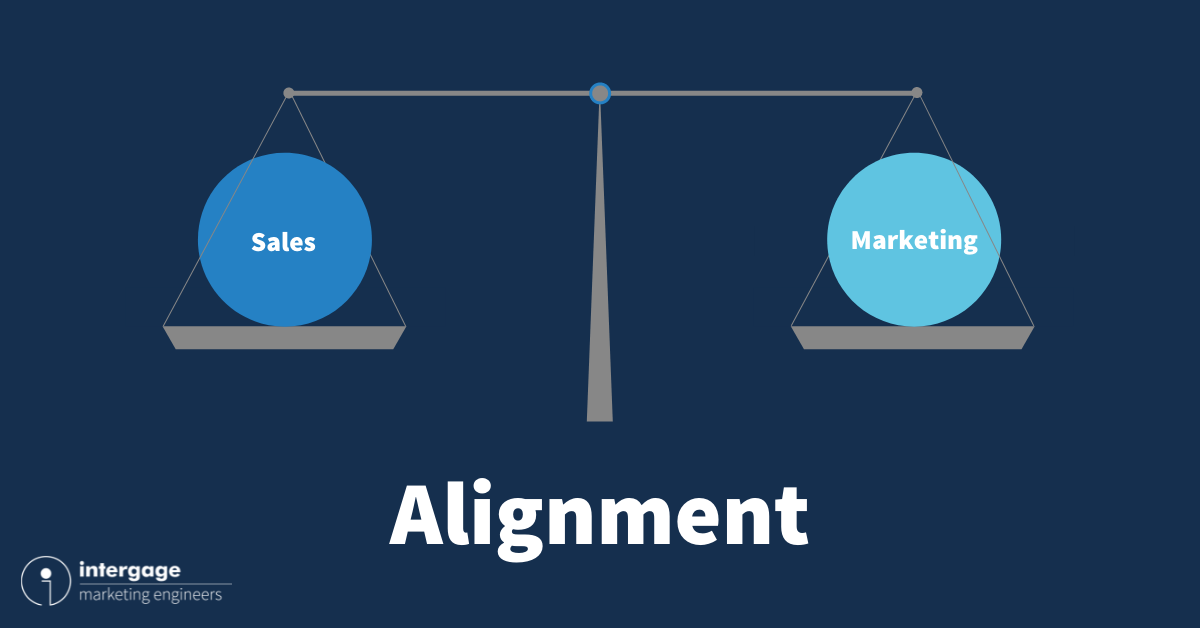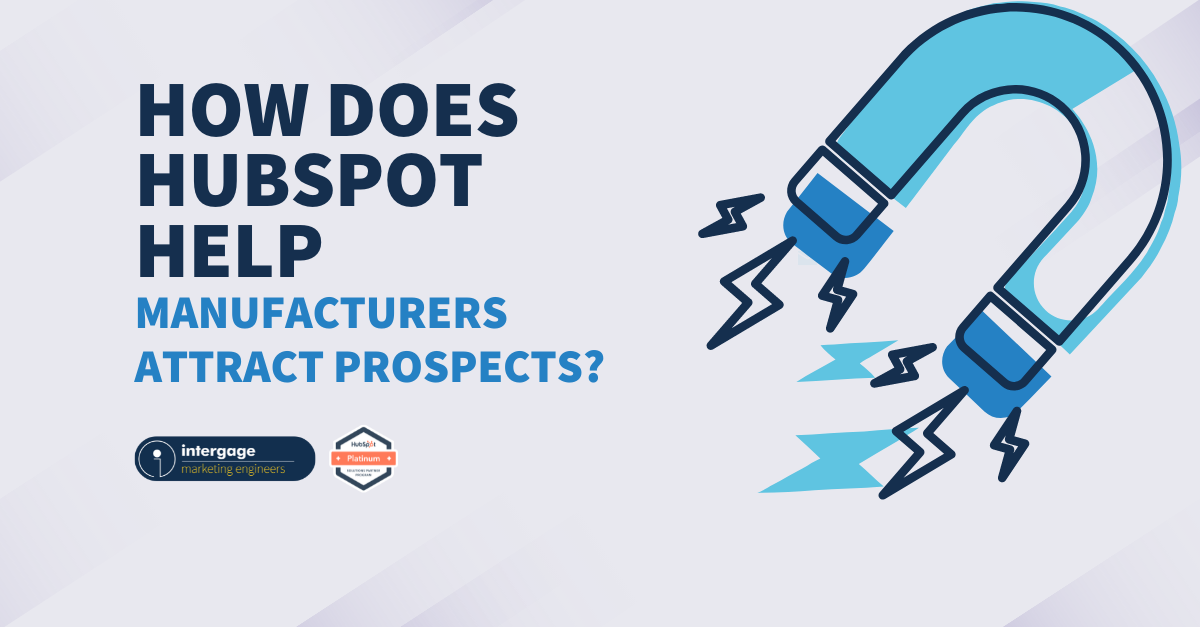How To Develop A Marketing Strategy For A Manufacturing Business
You might be shocked to learn that 86% of executive teams spend less than one hour per month discussing strategy (OnStrategy).
The cherry on top of the cake is that 90% of organisations fail to execute their strategies successfully (OnStrategy).
With 63% of manufacturing businesses considering marketing a 'high priority' falling into that 90% is not an option (The Marketing In Manufacturing Survey).
This blog will show you how to develop a solid marketing strategy for your manufacturing or engineering business.
Back to basics – what is marketing strategy?
There’s no two ways about it, the term strategy is one of the most abused words in the business dictionary.
Having spoken to many manufacturing and engineering businesses, I’ve heard all too often that their strategy is ‘to grow by 25% in the next 2 years’ or ‘to provide unrivalled customer experience’.
These are not strategies. They are pie-in-the-sky goals. Aspirations.
A strategy is not a goal. It is not a forecast. It is also not a ‘list of things to do’. These are mistakes I see all too often which often leads to many industrial businesses falling into one of the following potholes.
Hallmarks of a bad manufacturing marketing strategy
- It's all about the goal
- It's all fluff and no substance
- It's a long list of actions
- Your business can't be distinguished from your competitors.
It’s great to have a vision for where you want to be and having defined business goals is one of the first elements of a great marketing strategy, but in isolation, they are not enough. Your strategy needs to outline HOW you are going to achieve those goals.
It should also focus on creating a point of differentiation. Not being distinguishable from your competitors really is the cardinal sin when it comes to marketing.
Contrary to popular belief, being distinguishable from your competitors has nothing to do with price. In fact, being the ‘cheapest’ is a very dangerous game and unfortunately, one often played in the manufacturing sectors.
Reducing prices = reducing profitability. Gaining business from being the cheapest also means your customers are unlikely to be loyal to you if they do find a better price.
This is where you’ll end up in the ‘red ocean’. Lots of business which all look similar, producing similar things of similar prices and similar quality.
You don’t want to be similar!
You need to be different.
.png?width=700&name=Blog%20Social%20Posts%20(39).png)
So, what options do you have?
Gaining a competitive advantage
When it comes to defining your strategy for competitive advantage you have two choices. You can look to achieve a lower cost for an equivalent product or service or differentiate your service offering to meet the needs of a specific audience or sector.
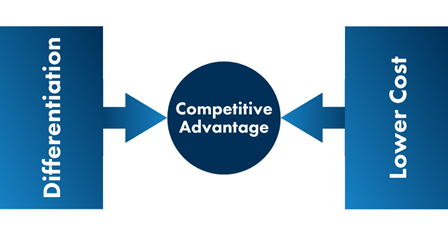
Unfortunately, for most manufacturing and engineering businesses, achieving a lower cost for their products and services is a limited resource. You can review supply chains and improve efficiencies, but this will only have a limited impact if any at all.
Differentiating on the other hand, will give you much better opportunities. Identifying a specific sector or audience and moulding your products and services around them means you will be able to demand higher prices – providing you have taken the time to get to know that audience and their challenges inside-out.
People are willing to pay businesses a premium price for their products and services providing they understand their challenges and needs.
After all, being ‘the best’ really is in the eye of the beholder – so you can’t really be ‘the best’ unless you are targeting a specific audience with a differentiated product or service. You can’t be all things to all people and if you do, you’ll find yourself being average, or similar, at everything.
Developing your competitive strategy
The model we use to develop our manufacturing clients’ marketing strategies is of course, The Marketing Journey (shameless plug). The Marketing Journey is an adventure every ambitious business must go on and each stage in The Marketing Journey will allow you to build a better, stronger strategy which includes everything from your mission, vision and values right through to staff training and getting feedback from customers.
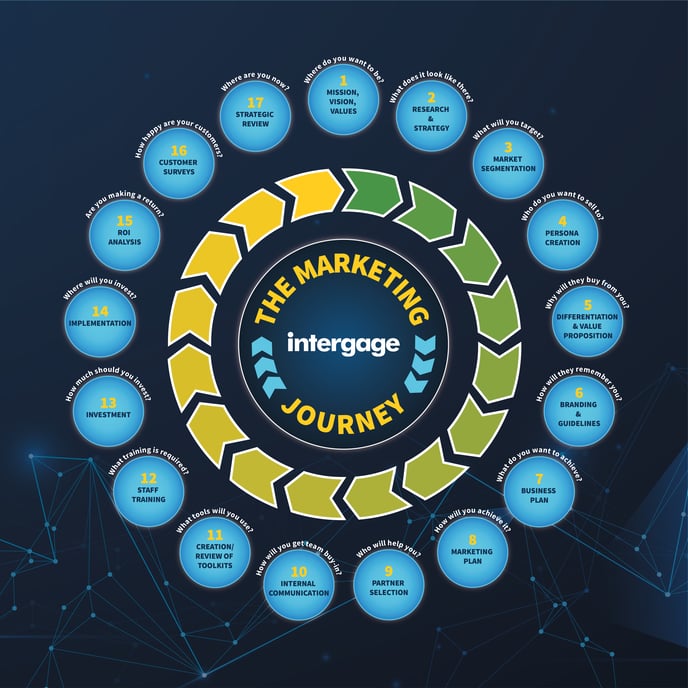
The first five stages of The Marketing Journey are the most important. They allow you to lay the foundations for a brilliant marketing strategy. At Intergage, we call this ‘The Magic Quadrant’ and it consists of:
- Your mission, vision and values
- Market research
- Market segmentation
- Personas and buying journeys
- Differentiation and sales messaging.
Focusing on these stages will really guide you through defining your business’ goals, understanding the landscape you’re facing and of course, finding what makes you different to every other similar supplier in the industry.
Defining Your Business Goals
Let’s start by going back to basics and defining your business goals. You’d be surprised at how many manufacturing businesses think they have done this bit but actually haven’t even touched the surface.
In order to define your business’ goals you need to understand what your mission, vision and values are. What does your business stand for? Where is your business going?
You also need to understand what success looks like to you. Most people will say this means growing their business, but does that mean growing new sales? Increasing profitability? Or improving customer retention? Each of these leads to business growth but is measured in very different ways.
You should then be able to develop SMART goals. Ensure to document these and communicate them to your team.
Understand the landscape
Now you have defined business goals it’s time to carry out some market research to understand what challenges you may come up against to meeting those goals.
What once was probably the most slow-moving, dull parts of your strategy is now the most important. The PESTEL analysis is now crucial as wider factors change weekly, if not daily, during the movements with Brexit and the COVID-19 pandemic.
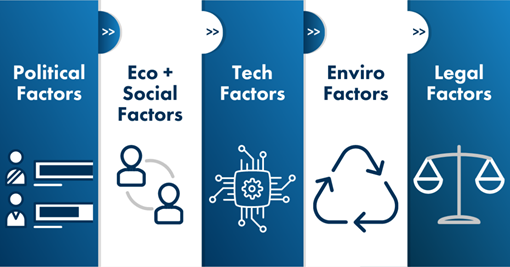
It’s a crucial stage when developing a successful marketing strategy but is all too often missed, leading to businesses burying their heads in the sand!
At this stage it’s also important to understand things like the search landscape and the competitive landscapes so you know what you’re up against and how this might affect your ability to meet your objectives.
Before helping any client with marketing strategy at Intergage, we review the competitive and search landscape in detail so we know what challenges we may come up against. In fact, we usually start by performing a FREE digital marketing competitor report to outline:
- How and where the competition is advertising
- How you compare to the competition in Google search
- Which keywords your prospects are using to find them and not you
- What market share your competition have and where the opportunities lie.
You can request one right here!
94% of businesses are investing in competitive intelligence. Are you? If not, you will be left behind.
This is usually then followed by a full Digital Marketing Audit which covers a wider range of subjects including:
- Current digital status
- SEO and search engine visibility
- Target audience
- Market size and opportunity
- Digital advertising
- Website user journeys.
Understand your audience
Now you have a clearer picture of the wider landscape, you need to have a thorough understanding of your audience. That means have documented, detailed marketing personas.
A buyer persona is a semi-fictional representation of your ideal customer based on market research and real data about your existing customers. - HubSpot
As a minimum, your personas should outline your target audience’s:
- Stresses and challenges
- Common objections
- Needs
- Buying triggers
- Channel usage.
Without this information, you simply can’t create a successful strategy or competitive differentiation. This information will allow you to understand where you should be advertising, which content you should create, how you should position yourselves and most importantly WHY your customers should work with you.
Having top quality personas and using them to your full advantage is truly where you’ll be able to demand a higher price for your products and services.
Bonus Note: It’s also really important to look at this in greater detail than just defining personas by job title.
For example, one of your target contacts might be the Managing Director. However, there may be a number of generations that this job title covers. Despite having the same job titles, those classed as generation X will have a very different way of working to those who fall into the millennial bracket. Consider how this affects your personas.
Know what makes you different
Now you have defined business goals and you fully understand your audience and the wider landscape, you should be able to identify what makes you different. What makes you stand out from the competition? How do your products and services help your personas overcome their challenges?
Remember, without a differentiation, your audience has no choice but to compare you to similar businesses on price – and we all know where that leads…
Don’t be similar, be different
Don’t allow your business to fall into being one of the 90% that fail to execute their marketing strategies successfully. Following the COVID-19 pandemic, failing to develop a strategy and drive competitive advantage is simply not an option.
If you’d like to start your journey and beat your competitors, request one of our FREE digital marketing competitive reports. You’ve got nothing to lose and it could give you the path to thriving in a world with a surplus of similar companies all battling on price.
What does successful strategy look like in action?
This is the part of the blog where I prove a point by giving you lots of facts and figures. While our clients’ marketing strategies are all confidential, what I can do is share Intergage’s own story of strategy and developing a competitive advantage.
Like most business’, Intergage was affected rapidly by the effects of the COVID-19 pandemic. We lost 50% of our retained revenue within the first month.
Ouch.
We had two choices.
- Batten down the hatches, furlough as many people as possible and hope for the best.
- Invest in re-differentiating, identify opportunities and an aggressive marketing campaign.
We planned out how both of those scenarios could look and it’s safe to say we didn’t like how scenario one turned out.
So, we identified the market that we traditionally worked best with – businesses in the engineering and manufacturing sector. We researched the landscape and understood what competition we were up against. We reviewed our personas, partnered with the right people and generated data-led objectives which were communicated to the entire team on a weekly basis (if not more).
To more than double our marketing budget during a time when we had lost 50% of our retained revenue was tough. But the results speak for themselves.
In the last six months we have generated more than 215 new business leads.
Six of these leads have turned into customers within the last nine weeks.
It hasn’t been easy but it would have been a hell of a lot harder without having a defined marketing strategy and understanding what made us different from everyone else on the market.
Strategy is about taking action.
It cannot wait until tomorrow.
Find out what other manufacturing businesses plan to include in their strategy in The Marketing In Manufacturing Report. Download your FREE copy today!

